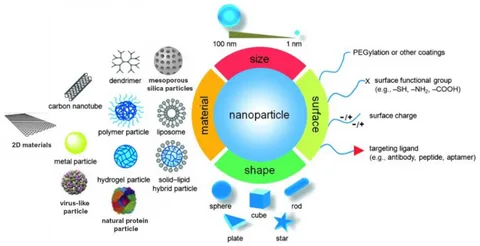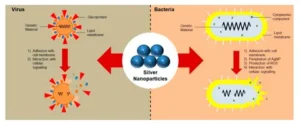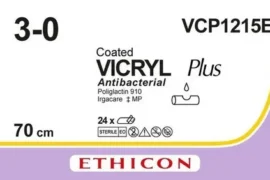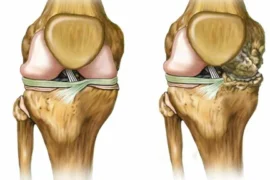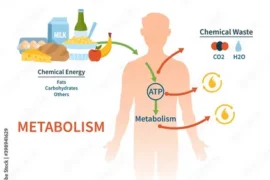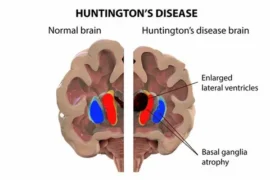Introduction
With advances in nanotechnology and biomedicine, there’s a growing interest in developing nanoparticles that offer enhanced therapeutic benefits while maintaining biocompatibility.
One area gaining significant traction is the use of cannabidiol (CBD)-loaded poly(lactic-co-glycolic acid) (PLGA) nanoparticles, particularly produced using microfluidic technology. These nanoparticles not only offer controlled release of CBD but also provide remarkable antibacterial and antioxidant properties.
This article delves into the core properties and benefits of these microfluidic-assisted cannabidiol-loaded PLGA nanoparticles, focusing on their biocompatibility, antibacterial efficacy, and antioxidant potential. We’ll explore how these qualities make them valuable in fields like drug delivery, regenerative medicine, and personal care.
1. Understanding PLGA and the Role of Microfluidics in Nanoparticle Production
Poly(lactic-co-glycolic acid) (PLGA) is a biodegradable polymer widely used in drug delivery systems due to its safety profile and controlled degradation rates. The adaptability of PLGA allows it to house a range of active compounds, including cannabidiol (CBD), making it an ideal candidate for nanoparticle-based delivery systems.
The microfluidic technique plays a vital role in the synthesis of CBD-loaded PLGA nanoparticles. Microfluidics involves manipulating fluids at a microscale level, offering precision control over the particle size, shape, and drug encapsulation efficiency.
This process is beneficial for producing uniform nanoparticles that offer consistent therapeutic effects. For CBD, known for its poor solubility and stability, microfluidics helps to encapsulate the compound within PLGA nanoparticles, thereby increasing its bioavailability and therapeutic potential.
The combination of biocompatibility, antibacterial, and antioxidant properties in these microfluidic-assisted CBD-loaded PLGA nanoparticles holds significant promise for applications in healthcare and beyond.
2. Biocompatibility of CBD-Loaded PLGA Nanoparticles
Biocompatibility is crucial for any material intended for medical or personal care use. It refers to the ability of a material to perform its desired function without eliciting adverse immune responses. PLGA, being a US FDA-approved polymer, is highly biocompatible and breaks down into lactic acid and glycolic acid, which are naturally metabolized by the human body.
Incorporating cannabidiol into PLGA nanoparticles enhances the delivery system’s biocompatibility by ensuring that the CBD is released in a controlled manner, reducing potential toxicity or irritation.
Several studies have shown that microfluidic-assisted PLGA nanoparticles are non-toxic, even when loaded with CBD, making them suitable for applications ranging from wound care to targeted drug delivery. These nanoparticles provide a sustained release profile, which can minimize the frequency of dosing and reduce adverse reactions.
The biocompatibility of CBD-loaded PLGA nanoparticles enables them to interact harmoniously with human cells, thus making them an attractive option for therapies that require prolonged treatment or direct contact with sensitive tissues.
3. Antibacterial Properties of CBD-Loaded Nanoparticles
One of the unique features of cannabidiol is its antibacterial potential. Research has shown that CBD exhibits broad-spectrum antibacterial activity, effective against various pathogens, including drug-resistant bacteria. However, CBD’s hydrophobic nature limits its direct application, which is where PLGA nanoparticles come into play.
When encapsulated in PLGA nanoparticles, CBD’s antibacterial efficacy is enhanced. The controlled release of CBD helps to maintain a steady concentration at the target site, thus improving its antibacterial performance. Moreover, the microfluidic-assisted production ensures that these particles are uniformly sized, which increases their ability to interact with bacterial cell membranes.
The antibacterial properties of CBD-loaded PLGA nanoparticles make them particularly useful in wound dressings, where bacterial infection can significantly delay healing. By using CBD-loaded PLGA nanoparticles in wound care, it is possible to reduce bacterial load, enhance healing, and prevent infection without relying heavily on traditional antibiotics, thereby addressing the pressing issue of antibiotic resistance.
4. Antioxidant Potential of Microfluidic-Assisted CBD-Loaded PLGA Nanoparticles
Oxidative stress plays a significant role in various diseases, including inflammatory disorders and neurodegenerative diseases. Cannabidiol is known for its potent antioxidant properties, helping to neutralize free radicals and reduce oxidative stress in the body. Encapsulating CBD within PLGA nanoparticles amplifies these benefits by providing a controlled release system, which allows for sustained antioxidant effects over time.
The microfluidic process enhances the stability of CBD in its encapsulated form, which can otherwise degrade quickly when exposed to light and oxygen. This stability ensures that the antioxidant properties of CBD are preserved, allowing it to perform effectively over an extended period.
This antioxidant potential makes microfluidic-assisted CBD-loaded PLGA nanoparticles suitable for a range of applications, from skincare, where they can help combat aging, to neuroprotection, where they may play a role in reducing the progression of diseases like Alzheimer’s. In each case, the controlled release of CBD ensures that the antioxidant effects are both efficient and prolonged, maximizing the therapeutic impact.
5. Future Directions and Applications
The future of microfluidic-assisted CBD-loaded PLGA nanoparticles looks promising. With their biocompatibility, antibacterial, and antioxidant properties, these nanoparticles hold the potential to revolutionize various fields:
- Drug Delivery Systems: The ability to provide controlled, sustained release makes these nanoparticles ideal for targeted drug delivery, especially for conditions requiring long-term medication.
- Regenerative Medicine: With their antibacterial and antioxidant properties, CBD-loaded PLGA nanoparticles can facilitate tissue repair and regeneration, particularly in wound healing and bone repair.
- Cosmetic and Skincare Applications: In the skincare industry, these nanoparticles can be used to deliver antioxidants directly to the skin, helping to combat aging and provide anti-inflammatory effects.
Ongoing research is expected to explore even more applications, potentially making these nanoparticles a staple in both medical and consumer products.
Conclusion
The development of microfluidic-assisted cannabidiol-loaded PLGA nanoparticles offers a promising avenue for leveraging the biocompatibility, antibacterial, and antioxidant properties of CBD in a safe and controlled manner.
These nanoparticles open new possibilities for applications in healthcare, cosmetics, and beyond. As research continues, we may see even more innovative uses and enhanced formulations that maximize the therapeutic potential of CBD-loaded PLGA nanoparticles.
Have questions about how these nanoparticles work or curious about their future applications? Leave a comment below, and let’s discuss the fascinating possibilities of this groundbreaking technology!

